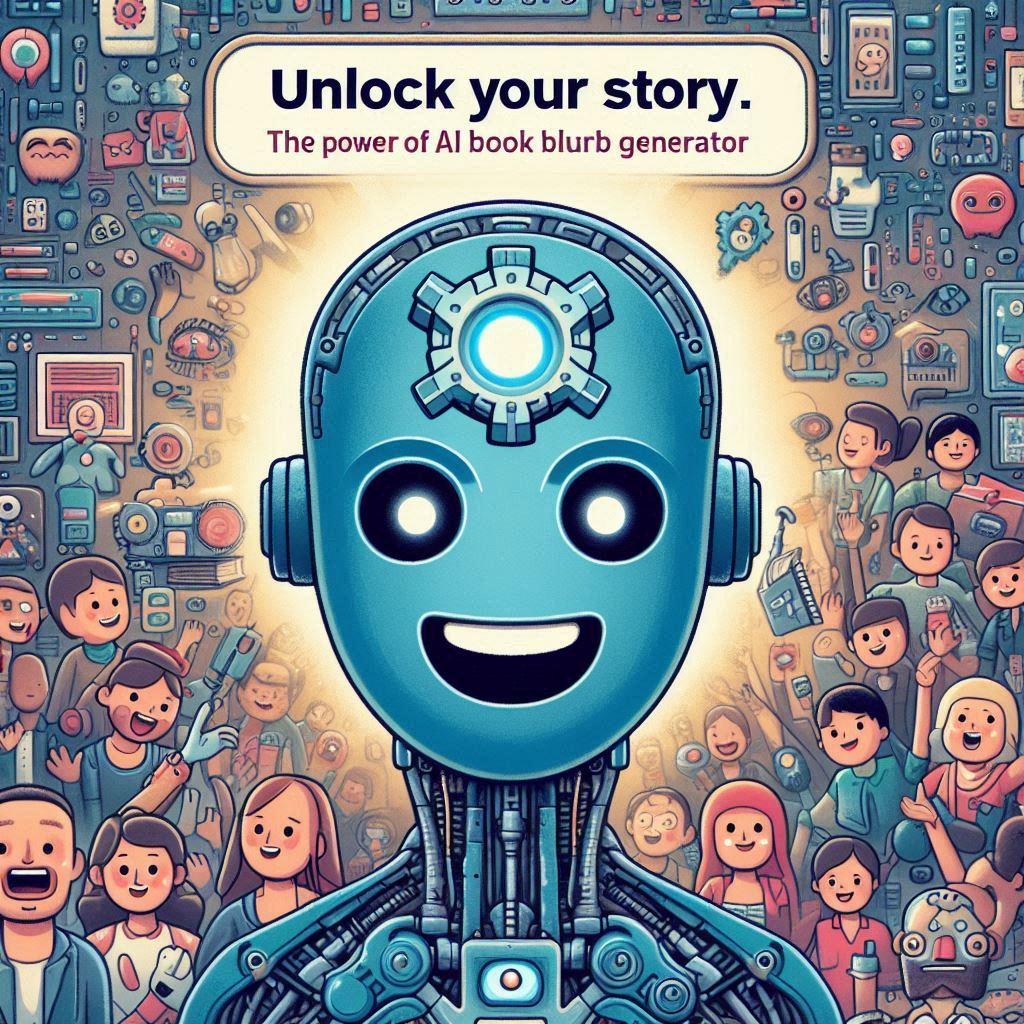
How to Humanize AI Content: A Comprehensive Guide
- Editing & Refinement
Introduction
The use of Artificial Intelligence (AI) is rapidly transforming content creation. AI-generated content, also known as AI-written content, is text, images, videos, or any other type of media created using AI algorithms. These advanced algorithms leverage Natural Language Processing (NLP) and Machine Learning (ML) to produce human-like output. AI writing tools, like ChatGPT and Bard, offer speed and efficiency, help overcome writer’s block, and allow for content scalability. However, AI-generated content often lacks the human touch, resulting in text that can sound bland and robotic. This is where the concept of humanizing AI content comes into play.
Why Humanizing AI Content is Essential
Humanizing AI content is essential for a number of reasons:
- Connecting with Readers: AI content detectors can identify patterns in text that indicate it was written by a machine, which can make your content feel less authentic to readers. Humanizing your content will help it feel more relatable and engaging.
- Improving SEO Rankings: Google and other search engines prioritize content that is high-quality, original, and valuable to readers. Humanizing your AI content will help ensure that it meets these standards and ranks well in search results.
- Avoiding AI Detection: Using AI tools to publish content at scale without regard for quality can be seen as misuse. Humanizing AI content helps you avoid AI detection by search engines and AI content detection tools.
- Maintaining Brand Image: AI writing, if left unrefined, can be generic and impersonal. Humanizing ensures that it aligns with your brand’s voice, values, and personality.
Understanding AI Content Detectors
AI content detectors are algorithms that analyze text to determine if it was written by a machine. They work by looking for patterns and characteristics typical of AI-generated text, including:
- Repetitive phrasing
- Overuse of certain words
- Unnatural flow
Two key metrics used by AI detectors are perplexity and burstiness:
- Perplexity: Measures how predictable the word choices are. AI tends to write in a more predictable manner than humans.
- Burstiness: Analyzes the variation in sentence length. Humans naturally vary their sentence length more than AI.
It’s important to note that AI content detectors are not foolproof. They are constantly being improved, but they can still produce false positives—identifying human-written content as AI-generated. For this reason, it’s not recommended to rely solely on AI detectors; human judgment remains crucial.
13 Actionable Tips for Humanizing AI Content
Here are 13 practical tips to make AI-generated content sound more human:
1. Humanize AI Prompts
The quality of AI-generated content depends on the quality of the input. To get better output, give the AI better instructions. Be specific with your prompts by asking it to:
- Adopt a persona
- Use a specific tone of voice
- Include specific facts and examples
- Exclude certain terms and phrases
- Stay within a set word count
2. Share Personal Insights and Anecdotes
Adding personal stories, experiences, and viewpoints makes your content more relatable and credible. You can weave in stories of success, failure, or learning moments relevant to the topic. This demonstrates the author’s direct involvement in the field and aligns with Google’s E-E-A-T guidelines.
3. Use an AI Humanizer Tool
An AI humanizer tool analyzes text for common AI writing patterns and suggests changes to make it sound more human. These tools:
- Adjust the tone and style
- Replace overused jargon
- Vary sentence structure
- Introduce colloquialisms
4. Communicate Authority and Expertise
To demonstrate authority, incorporate:
- Relevant Statistics
- Case Studies
- Research Data
5. Include Real-Life Examples
Integrating real-life examples helps illustrate concepts and provide evidence for your claims. Visual elements, such as photos, charts, infographics, and videos, can make your content more engaging and break up large blocks of text.
6. Use First-Person Pronouns
Using first-person pronouns (“I,” “my,” “we,” “ours”) conveys direct experience with the subject matter and builds a connection with readers.
7. Rewrite Overused AI Terms
AI content generation tools tend to overuse certain words and phrases, which are a giveaway to AI detectors. Be mindful of these overused terms and replace them with more natural language.
8. Use the Active Voice
AI-generated text often relies heavily on the passive voice, which can make it sound robotic. The active voice is more direct, engaging, and natural-sounding.
9. Fact-Check AI Content
AI tools do not always produce accurate information. To ensure accuracy and credibility, fact-check AI content against reputable sources and provide citations.
10. Edit Like a Real Person
Treat AI-generated content as a first draft rather than a final product. During the editing process, align the content with your brand voice and style, supplement it with personal insights and examples, and replace jargon with simpler language.
11. Include Perplexity and Burstiness
Varying sentence length and structure is key to making AI writing feel more natural. This mimics the ebb and flow of human conversation.
12. Leverage Original Data and Research
Incorporating original data and research adds credibility and authenticity to your content. Conducting your own research and presenting unique insights helps your content stand out from the crowd.
13. Choose the Right AI Content Writing Tool
When choosing an AI content writing tool, consider factors like content needs, customization options, efficiency, and language support.
How to Convert ChatGPT to Human Text
You can use an AI humanizer tool to convert ChatGPT text to sound more human. For example, Surfer’s free AI Humanizer can analyze ChatGPT text for AI writing patterns and rewrite the text to make it sound more natural and engaging.
Can Search Engines and Readers Detect AI Content?
Yes, both search engines and readers can often detect AI-generated content. While Google doesn’t penalize AI content itself, it prioritizes high-quality content that is valuable to readers. Readers are becoming increasingly adept at detecting AI-generated content, which can lead to a negative user experience.
Conclusion
AI writing tools are powerful resources that can streamline your content creation process. However, they are most effective when used as collaborators with human writers. By infusing your AI content with a human touch, you can create content that is engaging, relatable, and ranks well in search results.
Frequently Asked Questions about Humanizing AI Content
Why does AI content often sound robotic?
AI models generate content based on the vast datasets they’re trained on, leading to formulaic writing that lacks the nuances of human expression.
How do I know if my content sounds like it was written by AI?
There are several telltale signs of AI-generated content, including repetitive sentence structures, overuse of transition words, lack of personalization, and unnatural flow.
What are AI content detectors and how do they work?
AI content detectors analyze text to determine if it’s been written by a human or AI by looking for patterns common in AI writing.
Will I be penalized for using AI content?
No, search engines like Google do not penalize you simply for using AI-generated content. However, they will penalize low-quality content.
How can I humanize my AI-generated content?
There are many ways to make your AI content sound more human, including humanizing your prompts, sharing personal insights, and using an AI humanizer tool.
How can I convert ChatGPT output to human text?
You can use AI humanizer tools or manually edit the ChatGPT output using the techniques outlined above.
What are some key takeaways to remember when humanizing AI content?
Adding a human touch to AI content is vital for engaging readers and aligning with search engine guidelines.
Share:


